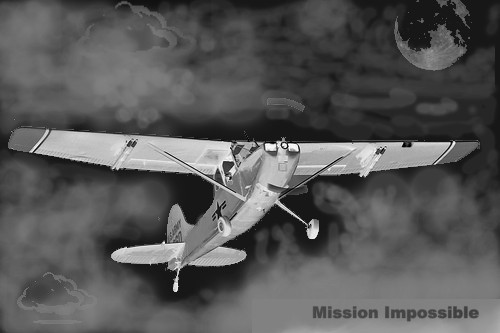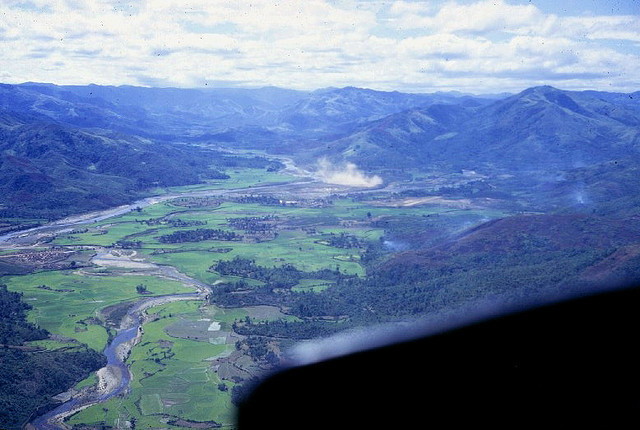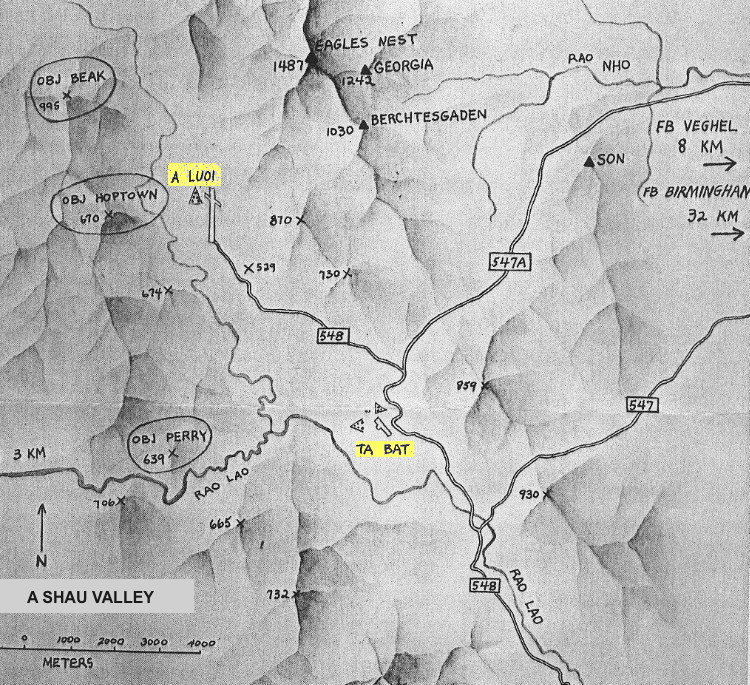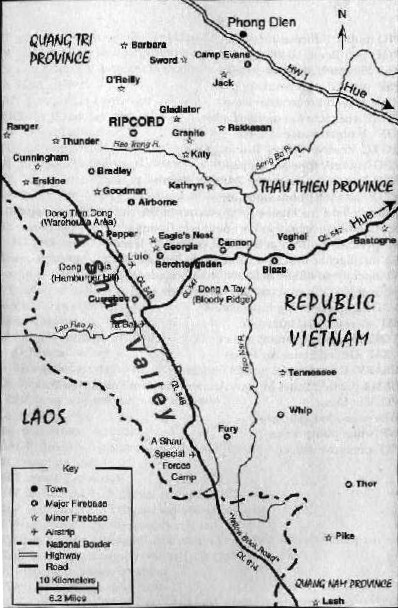Mission Impossible
by Gene Wilson, Catkiller Historian,
As related by Jim Wisby to Ed Miler,
who passed the story to Gene Wilson,
who requested a review and edit by Jim Hooper, a writer of some credibility
This is a story that must be told, And in the words of other historians and writers, “One may be damned if he does (write), or damned if he doesn’t. But unwritten history will never be known.”
—Sometimes you eat the bear—and sometimes the bear eats you—
Command decisions have been made at all levels at various times for various reasons - what would you have done? Put yourself in the position of the headquarters requesting the mission, the commander of the 220th Aviation Company receiving the mission and at least two intermediate headquarters that had decisions to make before and after the following situation occurred:
The 220th received an order from its local higher headquarters Corps G–2 to fly single ship night missions in the A Shau Valley. The purpose of these was to detect NVA movement from the Ho Chi Minh Trail in Laos into South Vietnam. This was to be accomplished by an aerial observer armed with a Starlight Scope. The technical limitations of the then-new night vision equipment required the pilot to fly low, straight and level passes over an area teeming with the enemy. The Catkiller CO, whom I will leave nameless, refused to accept the mission, labeling it “bogus”. Making low, predictable patterns at night in mountainous terrain where the NVA was known to have substantial AAA weapons would expose the aircrews to an unacceptably high risk of being shot out of the sky like sitting ducks. The G–2 was told in no uncertain terms he would not order his pilots to fly under those conditions.
Third hand information shared four decades after the fact indicates that the Provisional Corps, Vietnam (later XXIV Corps) G–2 contacted the 1st Aviation Brigade, the parent unit of the 212th Combat Aviation Battalion, who in turn called the battalion CO and ordered that the 220th CO be relieved for disobeying a legal order. His XO assumed command—along with the orders to fly the A Shau Valley mission.
It should be noted that both officers were on their second tours in Vietnam. The CO’s first tour followed a year with the 11th Air Assault Division at Fort Benning as an Engineer Aviator with the CV–2 Caribou before deploying with the 92nd Aviation Company (Caribou) in 1965 where he flew in support of I and II Corps. The XO’s first tour was in 1965–66 as an Infantry Aviator with the 219th Aviation Company flying the O-1 in II Corps. I have spoken with the latter and communicated with some of the pilots who were in the 220th at this time. Many agree that bogus was an apt description of the mission, and that the CO went to bat for his men, first by protesting that the O–1 was not suitable for the task, and then refusing to risk their lives unnecessarily. His superiors up the line didn’t share his moral courage. A bitter pill–which also got very emotional – “It really pissed us off,” recalls one of the Catkillers’ formidable aviators.
The new CO took a novel and gutsy approach to the orders by saying he would fly the first mission—but he wanted someone from the G–2’s staff to serve as his observer. When the G–2 colonel offered one of his lieutenants, he was told, “No. I am a major and I want a field grade officer from your staff in my back seat.”
With a staff major in the backseat, he took off from Phu Bai in marginal weather on a moonless night. Arriving over the north end of the A Shau where the Ho Chi Minh Trail entered the Valley, he descended below the mountain tops to an altitude at which the starlight scope might be of some use. As soon as he leveled off, they began receiving ground fire from small arms to .50 caliber heavy machine guns, which saw him forced into violent evasive maneuvers. Though the enemy was targeting the Birddog by sound, there was no letup in the tracers. The constant changing G-loads had the expected effect on the observer, who was soon vomiting. Made of sterner stuff than his passenger, Catkiller 6 continued throwing the aircraft left, right, up and down to avoid the bright spray of bullets rising from the black jungle—until the staff major’s bowels and bladder let loose and there was an immediate request from the back seat to abandon the mission and return to Phu Bai.
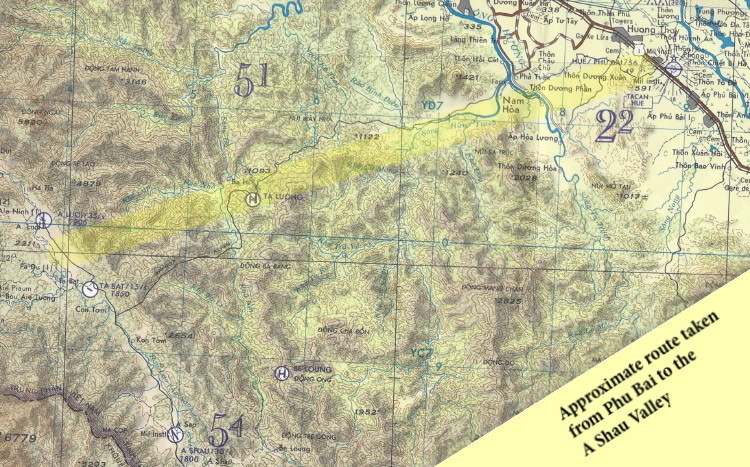
Upon landing and shutting down, the pilot said that they were going to report directly to the Corps G–2. The observer’s plea to clean up before reporting to his colonel was refused. When they arrived, the G–2 asked his disheveled major, “What the hell happened to you?” The evening’s flight was described in detail, with the conclusion that he concurred with the Catkiller CO. The mission was indeed an impossible one, it was far too dangerous, and that he recommended that it be cancelled. The G–2 reluctantly agreed—the mission requirement was scrubbed—and the 220th moved on.
I don’t know what it was about some G–2s and some members of their staffs—but as a former Operations Officer of the 220th, I am fairly certain most of them never personally flew on the missions that they were requesting.
It is clear we had two very brave commanding officers who valued of the lives of their pilots and observers. At the risk to his career, one stood up for what he believed was the right thing to do. His successor felt exactly the same and solved it by taking the first mission himself and demonstrating the absurdity of the orders to one of the mission taskers. Together, they undoubtedly saved lives and aircraft for another day. And in spite of the inherent adversity and danger, upon their CO’s return there was a host of Catkiller pilots waiting—ready and willing to take the next mission had it been necessary.
